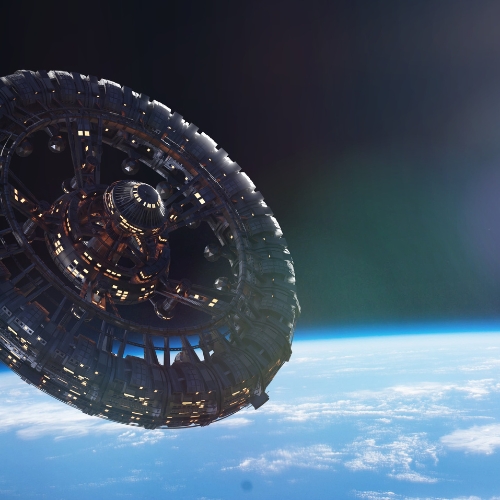Key points from article :
Earlier this year, an astronaut in space developed a potentially life-threatening blood clot in the neck.
Surgical emergencies are one of the main challenges when it comes to human space travel.
ISS procedure is to stabilise the patient and transport them back to Earth.
This won’t work on Mars missions - evacuation would take months or years, and latency in communications.
Space travel affects the body - an unwell astronaut will be already at a physiological disadvantage.
Surgery in microgravity is possible - magnetising surgical tools developed.
Keyhole surgery preferable as intestines can float around, obscuring view.
Floating droplets of blood can also cause problems.
Ideally need a hypothetical “traumapod”, with radiation shielding, surgical robots, advanced life support and restraints.
A large amount of support equipment is essential, which could be 3D printed.
Robotic surgery has been tested for planetary excursions.
Lag in communications mean surgical robots would need to be autonomous.




